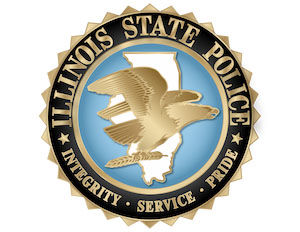The Iowa Department of Transportation is getting more roadway information in a new data-sharing partnership with the administrators of the smartphone ap Waze (Wayz).
D-O-T spokesperson, Sinclair Stolle (Stall-lee) says the ap can provide the information on traffic issues soon after they happen. “Often times we’re finding that those are getting reported before our operations center is aware of something going on, so it’s just trying to get the information out sooner to the public and alerting our operations center,” Stolle says.
She says the sharing agreement allows the D-O-T to access the information from motorists.
“A Waze mobile ap user reports something on the roadway via the mobile ap and that goes into a data feed. And that data feed is then ingested into our traveler information system — which includes websites, phone if you call 5-1-1, our mobile ap and our interface that our traffic operations center uses,” according to Stolle.
Stolle says the Waze information gets confirmed as more motorists drive by to ensure inaccurate information isn’t being fed to drivers.
“It’s kind of like a social media for traffic reporting, is what Waze is, they call it crowdsourcing information,” Stolle says. “And with social media, we’ve found that the public kind of corrects itself. So, if somebody is really off base, a lot of times you are going to get somebody who is going to kind of correct and get things going the right way. And that’s kind of what Waze uses,” Stolle says.
She says other drivers verify the information and Waze grades the person making the report with points that determine their reliability.
“Each event has a reliability rating and that helps us with knowing events that are a little more trustworthy than others,” Stolle says. She says as drivers make accurate reports to Waze their reliability rating goes up.
Stolle says the information from Waze is reviewed before it is sent out by the D-O-T. “e aren’t reporting everything that is on the Waze ap, for example, police reports. Because you can report visible police traps and things like that. We are also filtering out things that might not impact traffic,” Stolle says. Waze information that might impact traffic like traffic jams, crashes,objects on the road or heavy fog will show up as icons in blue circles on the D-O-T traffic reports that a user can click to get more details. The D-O-T says Iowa currently has approximately five-thousand active Wazers in the Des Moines area and tens of thousands of Wazers statewide.
To find out more about the Waze Connected Citizens program, visit www.waze.com.



















